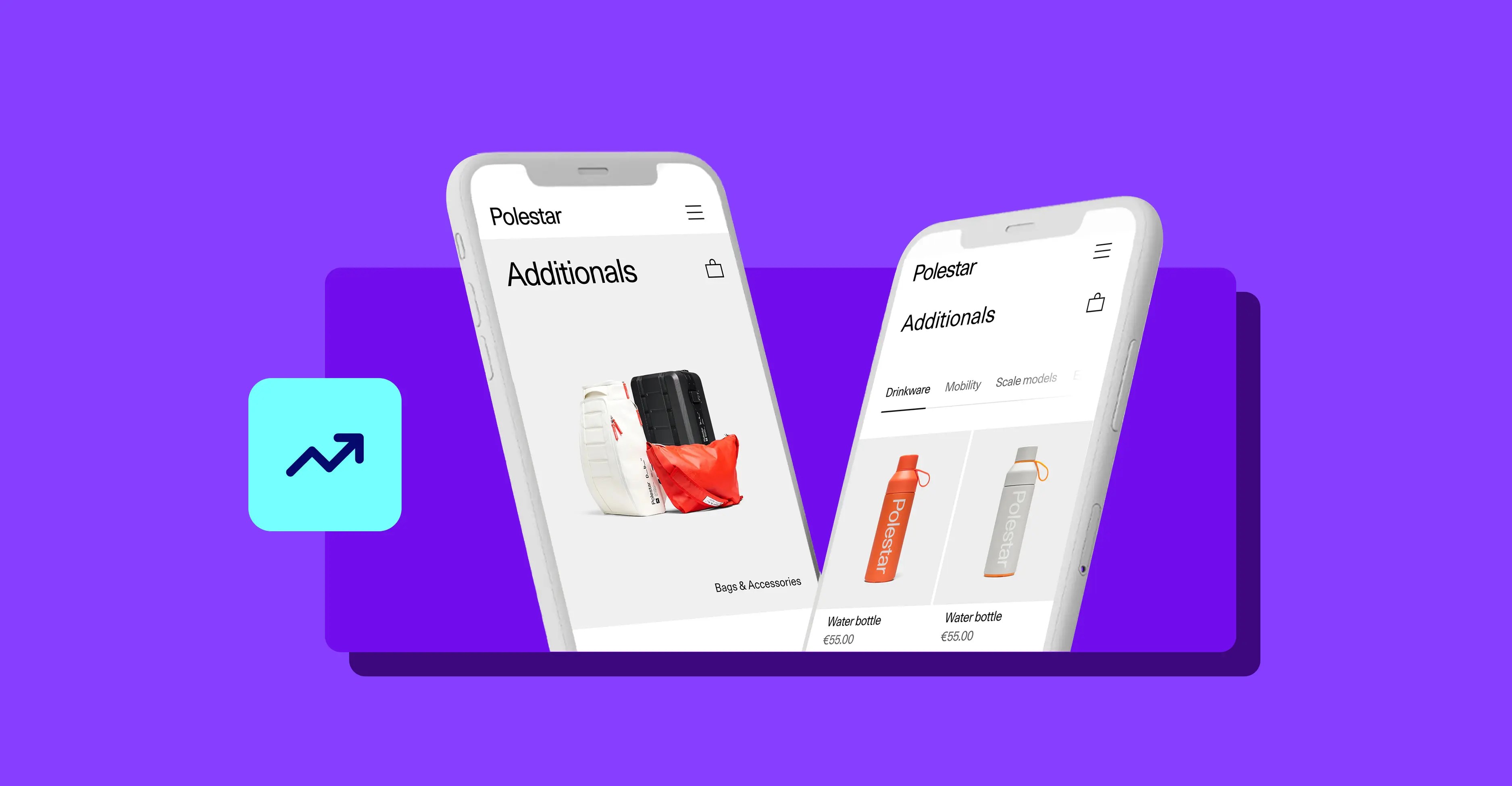Accepting payments from customers isn’t as easy as flipping a switch and watching the money flow in, but it doesn’t have to be complicated, either. You just need to find the right WooCommerce payment gateway for your business.
With the right payment gateway, you can make it easy for customers to purchase your products. Choosing the right fit takes time, but we’ve found a few ways to narrow down your options and make the process effortless.
Let’s explore how to find the right solution so you can focus on what matters: launching your new store.
Want to jump right to our recommendation? Check out WooPayments – payments made simple, designed exclusively for WooCommerce stores.
How payment gateways work
↑ Back to topYou probably know you need a gateway, but may not really understand why or how they function.
Let’s break it down. First, a payment gateway is an application that allows a store to securely request payments from customers. When a customer clicks “order,” it handles all of the next steps.
Your gateway:
- Verifies each customer’s billing information.
- Authenticates funds for each customer’s payment method.
- Approves requests, allowing your store to issue a confirmation number.
- Most importantly, gets you paid!
For an even more in-depth look, read our payment solutions getting started guide.
Now that you have a better idea of the “why,” let’s look at how to find the right payment gateway for your store.
Your first choice: modern or classic
↑ Back to topAll gateways used to require store owners to apply for a merchant account — a special bank account that allowed direct receipt of credit card payments. Unless you had a merchant account, there was no way for the payment gateway to transmit money to your bank.
There are now plenty of payment gateways that don’t require a merchant account at all. They draw funds directly from customers’ bank or credit cards, validate them, and then pay them out into your account.
To make things clear, let’s call the payment gateways that require a merchant account “classic” gateways, and those that don’t “modern” ones.
Modern payment gateways: easy setup, but higher fees
PayPal and Stripe are both examples of “modern” payment gateways — those that don’t require a merchant account.

The biggest perk of these gateways is that, in most cases, you won’t need to change bank accounts or really do anything special to get started. In addition, integrating these gateways with your store is usually a quick process.
However, there are two downsides:
- Modern payment gateways usually charge larger per-transaction fees than classic gateways. For smaller stores, these fees are often not a big deal, but as you grow and process more transactions, they can add up.
- Some modern gateways send customers off-site to make a payment, which may reduce conversions.
Classic payment gateways: more hassle, but better for bigger stores
WooCommerce supports several classic payment gateways, including Authorize.Net and WorldPay.
Compared to modern options, classic payment gateways can be a bit of a hassle. Not only do they take longer to set up and require some technical knowledge, but they also require a merchant account.
If you opt for a classic payment gateway, you’ll need to find a bank with merchant accounts and apply for one. Because they aren’t offered by all banks and the approval time varies by organization, this can add as much as four to six weeks to the setup process.
However, as mentioned above, per-transaction fees for classic gateways are often lower than modern ones. So it’s worth considering how much you’ll pay in the long run, and if a little hassle is worth more than the gateway fees.
You can always switch gateways in the future, but that comes with its own set of considerations.
Consider the benefits of hosted vs. integrated gateways
↑ Back to topMuch like ecommerce platforms, which have hosted and self-hosted options, payment gateways can be hosted off-site or integrated into your store. As you’ve probably guessed, there are advantages and disadvantages to both options.
Hosted payment gateways
Hosted gateways redirect your customers to the payment processor’s platform to input payment information. The biggest perk of this setup is that the offsite provider is responsible for all PCI compliance and data security. This is one less thing for you to worry about, and major hosted processors will have information on their compliance and security methods if you need it.
There are some potential downsides, however. In some countries, off-site payment processors aren’t trusted; in others, they’re actually preferred. So you’ll need to know how your audience feels about a hosted gateway before choosing one.
Also, directing a customer off of your website can sometimes be jarring and can potentially harm your conversion rates if it’s not a gateway they know and trust.
The bottom line: hosted gateways are easy to set up and are fantastic for new stores, but can potentially hurt conversion rates if customers aren’t familiar with the processor or give up after being directed off-site.
Integrated payment gateways
An integrated payment gateway connects to your ecommerce website via the gateway’s API. The biggest advantage of this is that customers never have to leave your store to input payment information and submit orders — it’s a smooth, seamless experience.
Of course, the downside is that you’ll need to integrate with the gateway you choose. WooCommerce supports dozens of payment gateways — WooPayments, for example, is an integrated gateway — so your chosen option will most likely integrate seamlessly. But if you choose one that isn’t supported “out of the box,” you might have to do some custom programming to get it functioning properly.
Integration also makes you responsible for complying with your country’s rules and regulations, including the PCI Security Standards. A lack of security could put your customers at risk, or subject your store to an audit.
The bottom line: Gateways integrated via API offer a seamless ordering process, but can be more difficult and time-consuming to set up, and will add more responsibility to your plate.
Narrow down your options: start by considering pricing
↑ Back to topAt this point, you should have a good feel for what type of gateway you’d prefer, whether it’s modern or classic, integrated or hosted. Now you can start narrowing down your options, starting with price.
Nearly all payment gateways charge fees, usually per-transaction fees or monthly usage charges. The gateways you evaluate may charge one or both, or may even scale their fees depending on how much you use them.
A three percent per-transaction fee might not sound like much, but could add up if you’re selling luxury goods or large volumes.
Accept recurring payments? Look for automatic billing support
↑ Back to topIf your business will be offering subscriptions or memberships, make sure that the gateways you’re considering support recurring payments. If they don’t, your customers will need to renew manually each month, which can be a huge pain.
We have a table of payment gateways that support subscription payments to help you narrow this down.
The gateways are also marked to indicate if they allow changes to payment dates and amounts without canceling and restarting the subscription, which can be helpful for stores planning to offer multiple tiers.
Review the purchasing process in full detail
↑ Back to topAs you continue to narrow down your choices, try to be conscious of how each gateway will appear on your store and what kind of experience it will offer your customers.
Think about the number of steps a shopper will take to get from their cart to the confirmation screen. If you’re asking too much of them, they might abandon their purchase.

Most payment gateway providers either have a demo on their website or will be happy to show you a demo if you ask. This is a good way to get an idea of how the process will actually function on a store like yours, what screens customers will see, and what information will be requested.
Integrated gateways often offer more flexibility than hosted ones, since you can opt for a one-page checkout or multi-page checkout, style form fields as you prefer, and more — essentially eliminating any potential barriers to purchase.
Don’t be afraid to just get started
↑ Back to topWhen starting a new store, you may not want to spend a lot of time or money on setting up a payment gateway. And that’s perfectly fine. WooPayments is a great place to start — it’s simple, reliable, and secure, but can also grow alongside your business. It’s completely free to install and set up and only charges 2.9% + $0.30 per transaction.

Because it’s an integrated gateway, customers will pay directly on your site and experience a seamless, secure checkout process. You can even offer one-click checkout with Apple Pay, to speed things up using a platform shoppers are already familiar with. WooPayments also has built-in tools to offer Buy Now, Pay Later for your customers.
And unlike many payment gateways, which often take several days to transfer funds to your bank account, you can access your money within minutes.
The best part? Manage everything from the same dashboard that you’re already familiar with. View payments, track cash flow, issue refunds, and more directly on your site.
Accepting payments is a critical step
↑ Back to topAdding a payment gateway to your store is a crucial part of the pre-launch process. Once you’re ready to accept payments, you can go full speed ahead knowing that you chose the right gateway for your needs.
For more in-depth information (and a comparison chart!) read our getting started guide for payment solutions. Or, if you’re looking for a quick and easy option that also checks all the boxes, download WooPayments for free.
About






